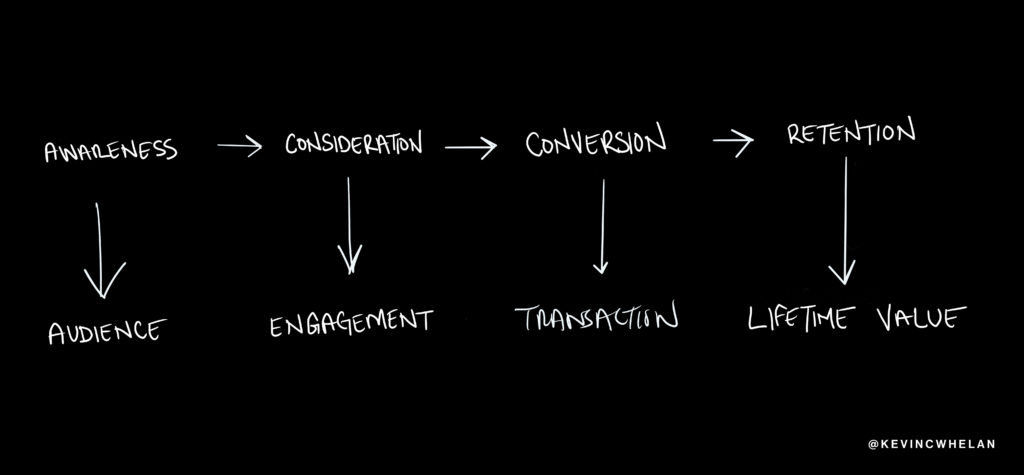Warner Bros. Pictures released a trailer last week for The Matrix 4: Resurrections.
The movie doesn’t launch until Christmas. As the date gets closer, the trailers will get longer and the hype will increase.
If theatres were more of a thing right now, you’d see them more frequently in the previews leading up to the launch.
Why do it they do it? Because pre-selling works.
If you’re planning to sell something new—whether a product, membership, service, it doesn’t matter—the best way to do it is to build anticipation slowly over time.
Talk about something coming in the future. It’s fine to be vague at first. That can even add some intrigue.
As the time approaches, add detail to the picture. Share a firm release date. Talk about what goes into making it, or what features it will have, or why it’s going to be unique.
Weave it naturally into your blog posts, emails, social media, in conversation—wherever it makes sense.
In other words, build anticipation long before it launches.
The best way to sell anything is to pre-sell it before it’s available. It creates a tension between want and unavailability such that those who do buy have made the decision in their mind long before it’s available.
Oh, and the longer you drip it out, the more anticipation you’ll build and the better it will perform on launch day.
There’s nothing like a good pre-sell.
 Good marketing requires
Good marketing requires